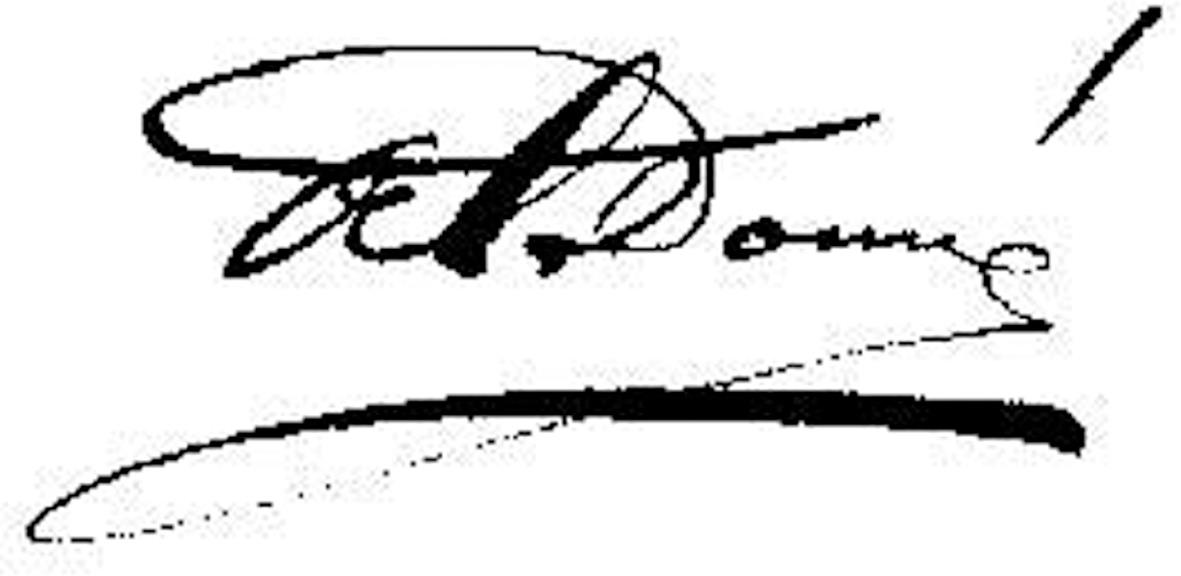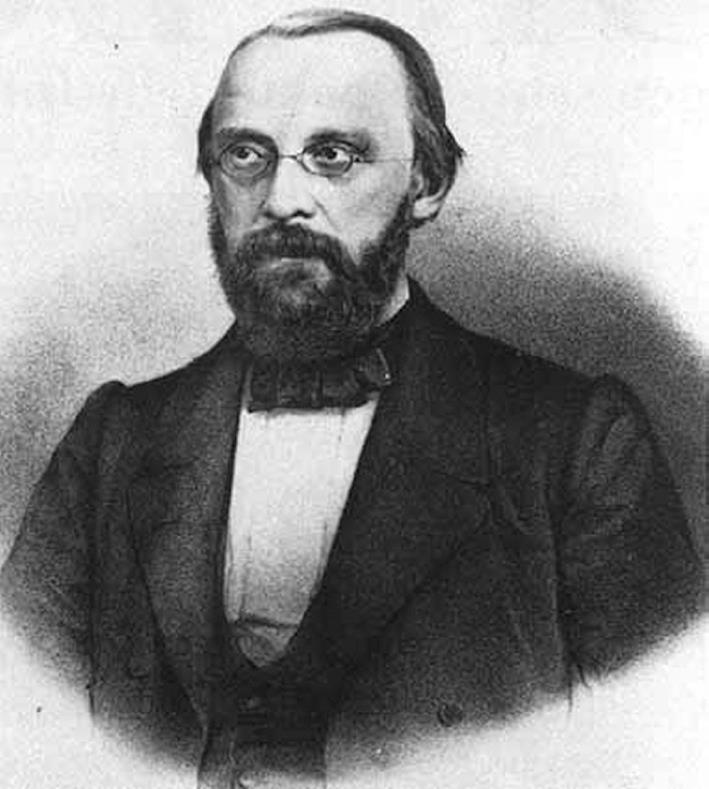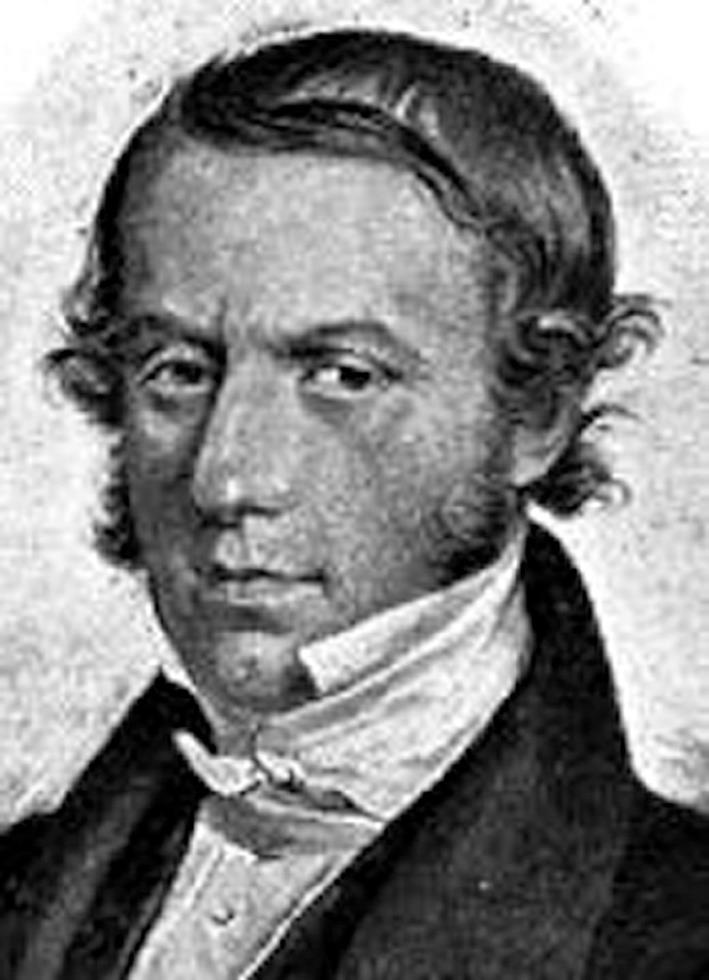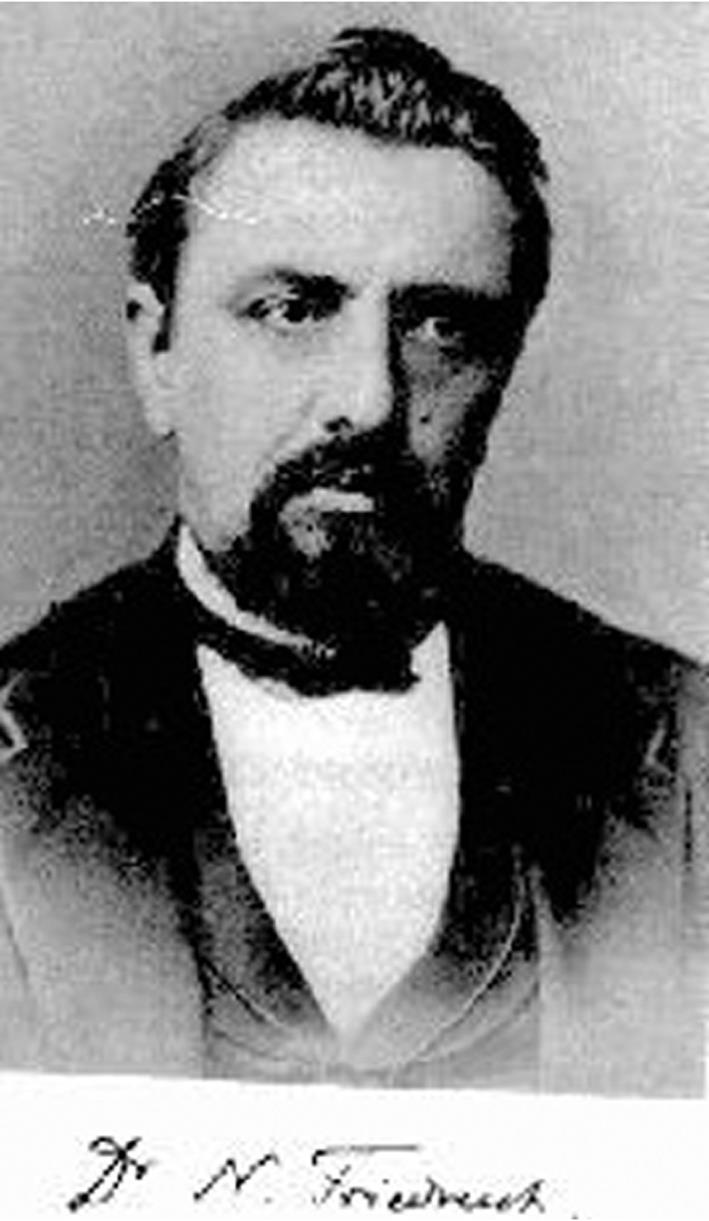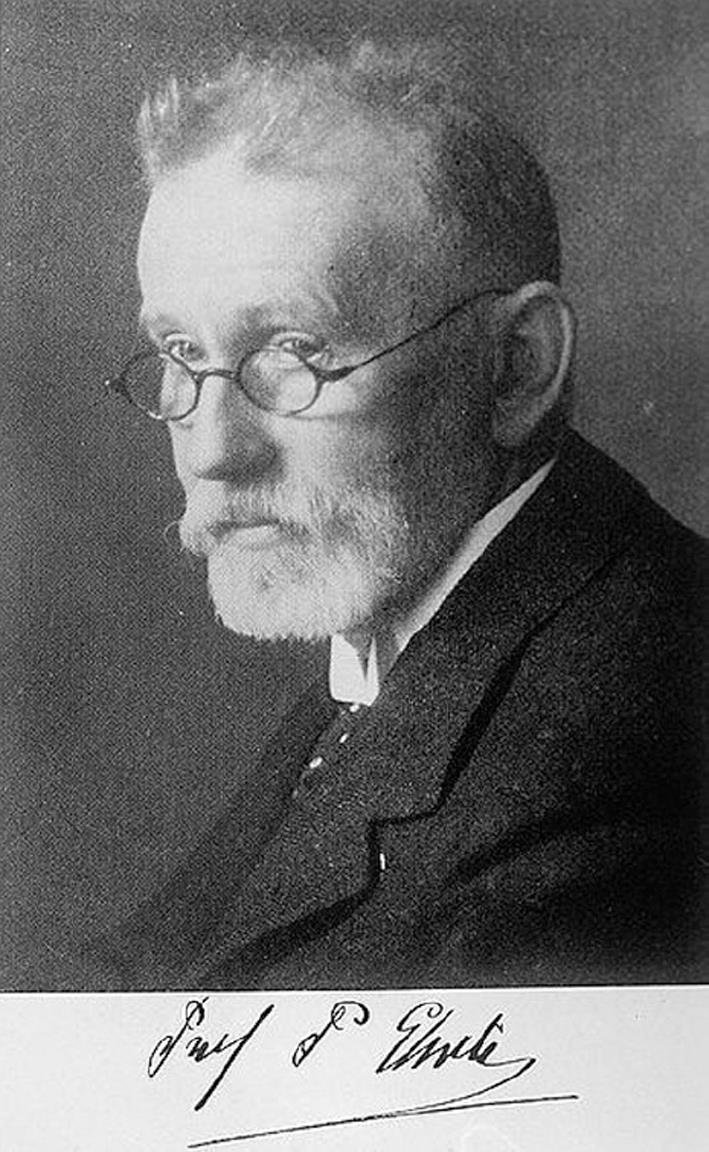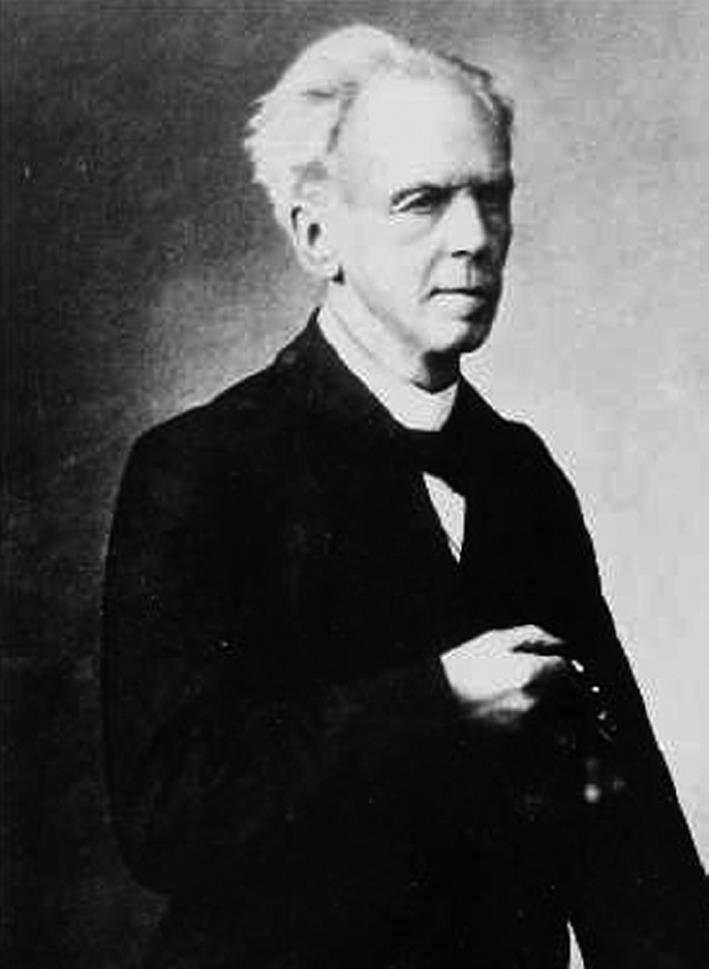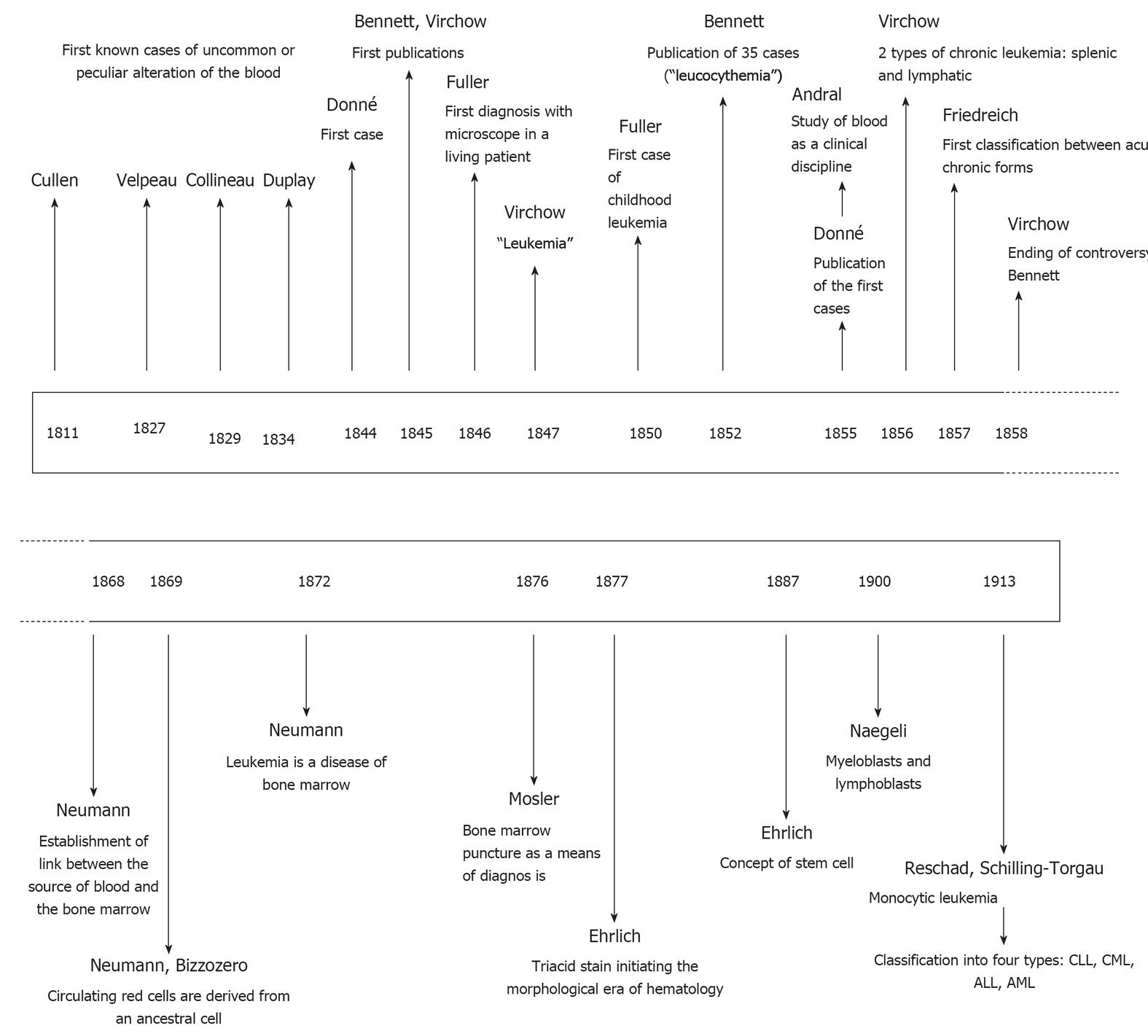Copyright
©2013 Baishideng.
Figure 1 Alfred Velpeau (1795-1867).
A: Alfred Armand Louis Marie Velpeau was born on 18 May 1795 in the Touraine village of Bréches in France, where his father was a farrier. He was expected to follow his father’s footsteps, but a chance event changed his life. Interested in medicine, in an attempt to dispel the sadness of a depressed young girl, he poisoned her with hellebore. The local physician called for help was so impressed by his knowledge and intelligence that he introduced him to Vincent Gourand, surgeon at the hospital of Tours, who in turn passed him to Pierre-Fidéle Bretonneau in 1816; B: Velpeau was 21 years old[49,50]. Bretonneau was one of the outstanding physicians of his day in France. He quickly recognized the exceptional talent of his young assistant, treated him like a son, and trained him in clinical medicine and pathology. By 1819, Velpeau was “officier de santé” at the hospital. In 1820, Bretonneau sent him to Paris and obtained for him a position in the Saint-Louis hospital. There Velpeau gained both the anatomy and physiology prizes, while also teaching junior medical students. In 1823, Velpeau qualified and was appointed “agrégé de medicine” with honors, writing his thesis in Latin under the direction of Laennec on intermittent and chronic fevers, based on studies made with Bretonneau in Tours. At the age of 29 years, Velpeau came to be appointed to the junior surgical staff of various hospitals: Saint-Antoine, La Pitié, and La Charité. In 1828, he passed the “Chirurgical”, a higher degree in surgery, and was appointed surgeon to La Pitié. Five years later, he took the university chair of clinical surgery, a position he then held for the next 33 years. Throughout his life, his work was enormous. His published works included 340 titles. There were texts on surgical anatomy, obstetrics, operative medicine, embryology, and diseases of the uterus and breast. Velpeau’s “hernia”, “canal”, “deformity”, and a “pressure bandage” for the treatment of phlebitis and burns are among the items linked with his name that have come down to us. Velpeau was elected to the Academy of Medicine in 1832 and to the prestigious Academy of Science in 1843. In 1860 honoured and famous, he visited Bréches, where he had been born. He gave a substantial sum of money to renovate the village church; C: His generosity is still remembered in a stained glass window there, in which he is represented in his professional dress with the inscription “Hommage de reconnaissance au Docteur Velpeau, fondateur de cette église”. In 1867, Velpeau caught flu. He died on 24th of August, few days after performing an amputation. His funeral at Saint-Thomas d’Aquin and at the cemetery of Montparnasse was magnificent. It was a fitting end to the life of a man who, from humble origins, had by his own endeavours risen to the front rank of his profession as one of the leading surgeons of the century.
Figure 2 Alfred François Donné (1801-1878).
Alfred François Donné was born on 13 September 1801 at Noyon (France). At the age of 20 years, he moved to Paris with his family. Although he had a dislike of law as a career, he embarked on this discipline at his parents’ insistence. He qualified as a lawyer but did not practice, and then became a late starter as a medical student, when he entered the Paris Faculty at the Sorbonne at 25 years of age. A few years later he married Marie Antoinette Joantho, and through his wife, became linked with a well known medical family, the des Essarts. Donné graduated in 1831 at the age of 30 years. His clinical work was concentrated at the Charité hospital under the very experienced clinician Bouillaud. His qualities were recognized by the University Council and they appointed him to the honorary post of sub-librarian to the Faculty of Medicine[51]. In 1836, he made one of his greatest contributions to medicine by discovering the protozoon, Trichomonas vaginalis, in vaginal secretion of Parisien prostitutes[52] and recorded it in a publication addressed to the Academy of Sciences. During this period of intensive research and clinical work, Donné had realized that microscopes were invaluable for the proper illustration and understanding of his lectures. His pediatric successes with feeding difficulties of premature infants led to his election as a Chevalier of the Legion of Honor and his nomination as Inspector General of Medicine. His successful researches into hematology have not received the publicity and fame they deserve. In1842, he announced his discovery of blood platelets to the Academy of Sciences and these were incorporated in his “Atlas de microscopie médicale”[53]. After loosing his office of Inspector General following the 1848 revolution, he was installed in 1853 as the new Rector of the University of Strasbourg, then became in 1855 Rector of the University of Montpellier. During his stay of almost 20 years at Montpellier, he became interested in theories and studies on spontaneous generation. On retiring from office in 1875, he returned to Paris where he died of a cerebral vascular accident on 7 March 1878[51]. He remains virtually unknown outside of France, never obtained the title of professor and was a practical man fond of microscope and laboratory work, but his contribution to medical and scientific progress is inestimable.
Figure 3 John Hughes Bennett (1812-1875).
Born in London on 31 August 1812, Bennett (Figure 3) was educated at Exeter (England) and being destined for the medical profession, he entered an apprenticeship with a surgeon in Maidstone (Kent). In 1833, he began his studies in Edinburgh. He published his first article in “London Medical Gazette” in 1836. He graduated in 1837 with the highest honors and gold medal, with a dissertation entitled “The physiology and pathology of the brain”. During the next 4 years, he studied in Paris, where he founded the English-speaking Medical Society, and then in Germany. On his return to Edinburgh in 1841, he published a “Treatise on cod-liver oil as a therapeutic agent” and became physician at the Royal Public Dispensary of Edinburgh. He began to lecture as an extra-academic teacher on histology, drawing attention to the importance of the microscope in the investigation of diseases[54]. In 1843, he was appointed professor of the Institute of Medicine in Edinburgh. Opposed bloodletting and the indiscriminate use of drugs, he was an important influence in changing British therapeutic practices during the second half of the nineteenth century. In 1845, he published a paper entitled “Case of hypertrophy of the spleen and liver in which death took place from suppuration of the blood” in the “Edinburgh Medical and Surgical Journal”. In 1846, he became editor and later proprietor of the Monthly Journal of Medical Science. In 1851, Bennett founded and became the first president of the Physiological Society of Edinburgh. His publications were very numerous including “Lectures on clinical medicine” (1850-1856), “Clinical lectures on the principles and practice of medicine”, “Leucocythaemia” (1852), “Outlines of physiology” (1858), “Pathology and treatment of pulmonary tuberculosis” (1853), “Textbook of physiology” (1871-1872). In 1869, he supported the admission of women medical students in Edinburgh. In 1873, he was elected a member of the French Academy of Medicine and granted recognition by the French government to practice medicine in France. In 1875, after his participation at the meeting of the British Medical Association, he was compelled to have the operation of lithotomy performed. He sank rapidly and died on September 25 at Norwich. In 1901, the University of Edinburgh inaugurated the John Hughes Bennett Laboratory of Experimental Pathology. A second laboratory with his name was opened in 1998, in a joint venture between Britain’s Leukaemia Research Fund, the University of Edinburgh and the Western General Hospital Trust.
Figure 4 Rudolph Virchow (1821-1902).
Born in Germany in 1821, he studied medicine and chemistry in Berlin at the Prussian Military Academy from 1839 to 1843. After graduation in 1843, he went to serve as assistant at the Charité Hospital. In 1847, he qualified as a lecturer at the University of Berlin and participated in founding the “Archiv für pathologische anatomie und physiologie and für klinische medizin”. Virchow is credited with multiple important discoveries. Besides his role in recognizing leukemic cells, he was one of the first to accept the work of Robert Remak who showed that the origin of cells was the division of preexisting cells. He also described that an enlarged left supra-clavicular node is one of the earliest signs of gastrointestinal malignancy. He elucidated the mechanism of pulmonary thromboembolism and founded the medical fields of cellular pathology and comparative pathology. He also developed a standard method of autopsy procedure. In 1861, he was elected a foreign member of the Royal Swedish Academy of Sciences. In 1862, he was awarded the Copley Medal. In 1869 Virchow founded the Society of anthropology, ethnology and prehistory which was very influential in coordinating German archaeological research[55,56]. More than a laboratory physician, Virchow was an impassioned advocate for social and political reform. He made himself known as a pronounced democrat in the year of revolution, 1848, and his political activity caused the government to remove him from his position. In 1859, he became a member of the Municipal Council of Berlin, and began his career as a civic reformer. Elected to the Prussian Diet in 1862, he became leader of the Radical or Progressive party, and from 1880 to 1893 he was a member of the Reichstag. He is widely regarded as a pioneer of “social medicine”, focusing on the fact that disease is never purely biological, but often socially derived or spread[57]. Virchow died of heart failure in 1902.
Figure 5 Gabriel Andral (1797-1876).
Gabriel Andral was born in Paris, the son of a well-known physician who was a member of the academy and personal physician to the French revolutionary leader Jean-Paul Marat. Andral received his doctorate in 1821 with a thesis on expectoration. He was habilitated in 1824 and became “agrégé”. The faculty appointed him professor of hygiene in 1828 on the death of René-Joseph-Hyacinthe Bertin. When baron René-Nicolas-Dufriche Desgenettes retired, he became professor of internal pathology, and in 1839 he succeeded François-Joseph-Victor Broussais in the chair of general pathology and therapy, holding this tenure for 27 years. Besides he was physician at the Charité. In 1823, Andral became a member of the Academy of Medicine. In 1843 he became member of the Institute, and in 1858 was made a commander of the Legion of Honor. In 1866 he abandoned his chair and retired, but still he took part in the advance of science and participated in the transactions of learned societies. He died of a heart condition on February 13, 1873. His main oeuvre “Clinique médicale”, a five-volume work, comprises almost every aspect of medicine. This treatise on general medicine may be considered a summary of French medicine as it had developed in the first decades of the 19th century. He was the founder of the science of hematology. He is said to be the originator of the word “anemia” and was the first physician to see the potential of chemical analysis of the blood.
Figure 6 Nikolaus Friedreich (1825-1882).
Born in Würzburg in 1825, Nikolaus Friedreich received medical training in this city where his father and grandfather had been professor of medicine. He received his doctorate in 1850. He became Assistant at the clinic of clinician Karl Friedrich von Marcus and in 1853 was habilitated as Privatdocent of special pathology and therapy. When Virchow came to Würzburg, Friedreich became an ardent student of this great pathologist and considered abandoning clinical medicine for pathology. In 1857, he was appointed professor of pathological anatomy at Würzburg, and in 1858 moved to the tenure of professor ordinarius of pathology and therapy at Heidelberg, a post which he held for the remainder of his career. He was also director of medical clinic. He took an interest in all branches of medicine, especially neurology. He has left 8 major and 51 larger and smaller treatises, among them a number of monographs. These include works on leukemia. He died in 1882 from a ruptured aortic aneuvrysm.
Figure 7 Paul Ehrlich (1854-1915).
Paul Ehrlich was born on March 14, 1854 at Strehlen in Silesia (Germany). Educated at the Gymnasium at Breslau and subsequently at the universities of Breslau, Strassburg, Freiburg-im-Breisgau and Leipzig, he obtained his doctorate of medicine in 1878 by means of a dissertation on the theory and practice of staining animal tissues. In 1882 he published his method of staining the tubercle bacillus that Koch had discovered. This method was the basis of the subsequent modifications introduced by Zhiel and Neelson and of the Gram method of staining bacteria. In 1882 Ehrlich became Titular Professor and in 1887 he qualified as a Privatdozent in the faculty of medicine in the University of Berlin. Later he became an Associate Professor and Senior House Physician to the Charité Hospital in Berlin. After becoming Robert Koch’s assistant in 1890, he began immunological studies. He worked out the details of preparing an antitoxin for diphteria, which represented the first use of immunotherapy to specifically treat an infection. In 1896 he was appointed Director of the Institute for the control of therapeutic sera at Steglitz in Berlin, and formulates his side-chain theory of immunity. In 1897 Ehrlich was appointed Public Health Officer at Frankfurt-am-Main and in 1899 became director at the Royal Institute of Experimental Therapy. He then began another phase in his varied researches and devoted to chemotherapy with the aim to find chemical substances which have special affinities for pathogenic organisms and would be “magic bullets” which would go straight to the organisms at which they were aimed. He produced trypan red and established the correct structural formula of atoxyl effective against tryptosomes. This open the way of obtaining new organic compounds with trivalent arsenic. One arsenic drug was found very effective against syphilis. Ehrlich announced it under the name of “Salvarsan”. Another arsenical substance named “Neosalvarsan” became more easily administered. During the later years of his life, Ehrlich was concerned with experimental work on tumors and on his view that sarcoma may develop from carcinoma, also on his theory of athreptic immunity of cancer. In 1908 he shared with Metchnikoff the highest scientific distinction, the Nobel price. On August 20, 1915 a stroke ended his life.
Figure 8 Ernst Neumann (1834-1918).
Ernst Neumann was born in 1834 at Königsberg, capital of eastern Prussia, as great son of Karl Goofried Hagen (professor of chemistry and pharmacy) and son of Franz Ernst Neumann (a pioneer in the mathematical physics). In 1850, he enrolled at the famous university of Königsberg (Albertina). In 1855, he took his doctors advice degree. After studies in Prague, Berlin (under Rudolf Virchow) and Königsberg, he became a lecturer in medicine in 1859. He got interested in the rising field of pathological anatomie and was appointed professor of pathology at Königsberg in 1866. He described the presence of nucleated red blood cells in bone marrow sap of humans and rabbits obtained by squeezing bones. He was the first to conclude that during postembryonic life, erythropoiesis is taking place in bone marrow. Further studies pointed to the fact that leukocytes are also formed in the bone marrow. He postulated a common stem cell for all hematopoietic cells. He later was made Geheimer Medicinalrath - privy medical councellsor, and received honorary doctorate from the universities of Tübingen and Geneva, in 1898 and 1915. He died in 1918.
Figure 9 First contributors in the history of leukemia.
CLL: Chronic lymphocytic leukemia; CML: Chronic myeloid leukemia; ALL: Acute lymphocytic leukemia; AML: Acute myeloid leukemia.
- Citation: Thomas X. First contributors in the history of leukemia. World J Hematol 2013; 2(3): 62-70
- URL: https://www.wjgnet.com/2218-6204/full/v2/i3/62.htm
- DOI: https://dx.doi.org/10.5315/wjh.v2.i3.62














